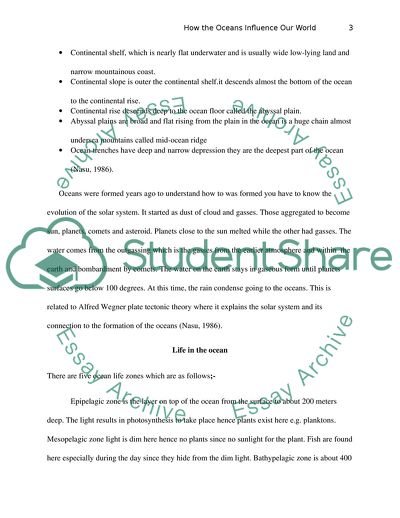Cite this document
(How the Oceans Influence Our World Coursework Example | Topics and Well Written Essays - 1750 words, n.d.)
How the Oceans Influence Our World Coursework Example | Topics and Well Written Essays - 1750 words. https://studentshare.org/geography/1862963-oceans
How the Oceans Influence Our World Coursework Example | Topics and Well Written Essays - 1750 words. https://studentshare.org/geography/1862963-oceans
(How the Oceans Influence Our World Coursework Example | Topics and Well Written Essays - 1750 Words)
How the Oceans Influence Our World Coursework Example | Topics and Well Written Essays - 1750 Words. https://studentshare.org/geography/1862963-oceans.
How the Oceans Influence Our World Coursework Example | Topics and Well Written Essays - 1750 Words. https://studentshare.org/geography/1862963-oceans.
“How the Oceans Influence Our World Coursework Example | Topics and Well Written Essays - 1750 Words”. https://studentshare.org/geography/1862963-oceans.


